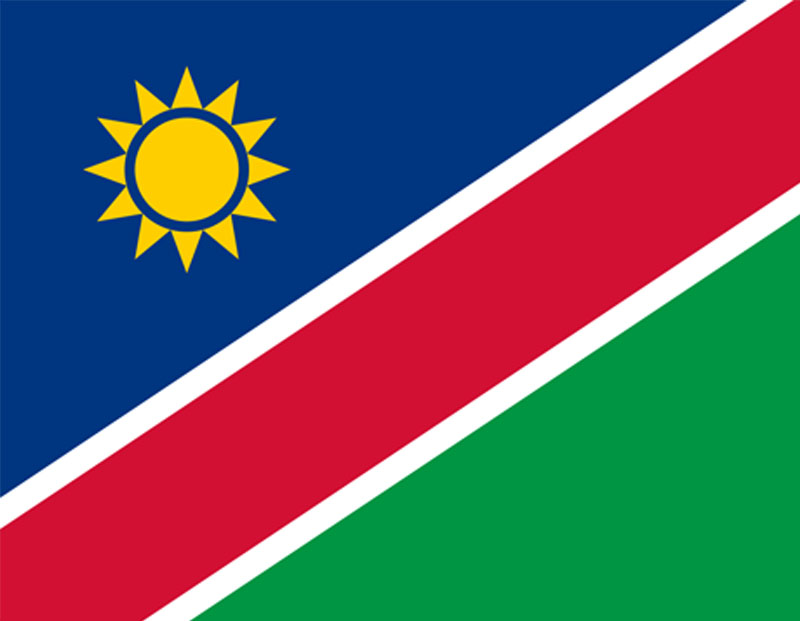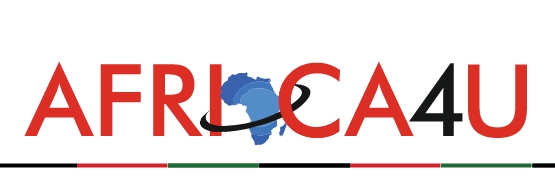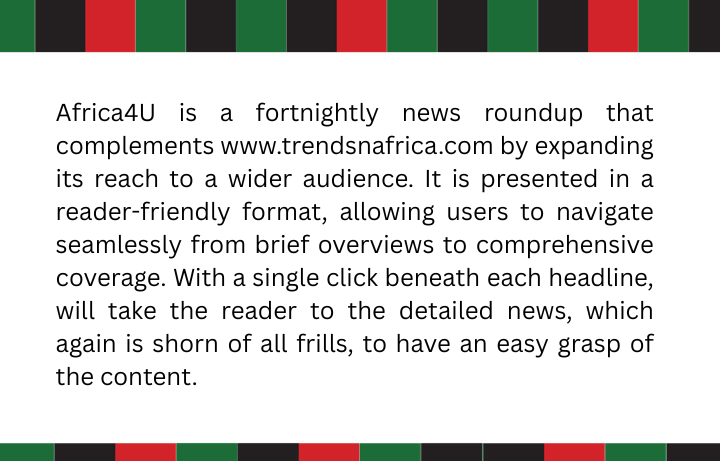Namibia’s economy is expected to see a slowdown in 2023 and RMB Namibia predicts a moderation of GDP growth from 4.1% in 2022 to 3% in 2023, driven by the performance of the primary industries, including the mining and exploration sector.
Namibia’s economy is expected to see a slowdown in 2023 and RMB Namibia predicts a moderation of GDP growth from 4.1% in 2022 to 3% in 2023, driven by the performance of the primary industries, including the mining and exploration sector.
RMB Namibia CEO Philip Chapman suggests that Namibia could explore opportunities to improve its economic outlook through structural reforms aimed at improving the business climate, investing in skills development, and boosting agricultural productivity, as well as investments in clean technologies and energy efficiency.
Cirrus Capital predicts growth in 2022 at 3.8% and a slight slowdown to 3.5% in 2023, with the mining sector expected to continue its recovery, and the construction and agriculture sectors remaining a concern. PSG Namibia forecasts a moderation in real GDP growth from 3.9% in 2022 to 2.6% in 2023 due to a global slowdown and weaker domestic demand. The brisk real GDP growth of 5.6% y/y in the first three quarters of last year has prompted Cirrus Capital to increase our 2022 growth estimate to 3.9% from 3.2%, previously. The forecast is that real GDP growth will slow to 2.6% (up from 2.1% previously) in 2023 amid global headwinds which will put a break on exports.
Simonis Storm Securities (Pty) Limited predicts growth of 5.1% in 2022 and 3.7% in 2023, with inflation reducing from 6.1% in 2022 to 5.3% in 2023, and the central bank expects to gradually normalize interest rates as the inflation outlook improves.
However, well-renowned Namibian economist Ruusa Nandago warns that this may not necessarily result in significant employment and consumption improvements. Inflation is also expected to decline in 2023, averaging 5.2% compared to 6.1% in 2022, but the consumer environment may face challenges due to pressure on disposable income from rising inflation and interest rates, limited job opportunities, poor real wage growth, and high levels of debt. The effects of these were already evident in the poor growth observed in household private sector credit extension and the residential property market in 2022, she said.
Read Also:
https://trendsnafrica.com/namibian-debts-skyrocket-to-n110-5bn-debt/
https://trendsnafrica.com/namibias-trade-surged-n225-billion-in-2022/
https://trendsnafrica.com/n9-billion-eu-development-assistance-to-namibia/
The country’s budget deficit is expected to narrow from 5.4% in the preceding fiscal year to 4.9% in the 2023/24 fiscal year. Risks to Namibia’s growth outlook include elevated interest rates, weak external demand, softer commodity prices, and political uncertainty as the country approaches the presidential elections in 2024.





